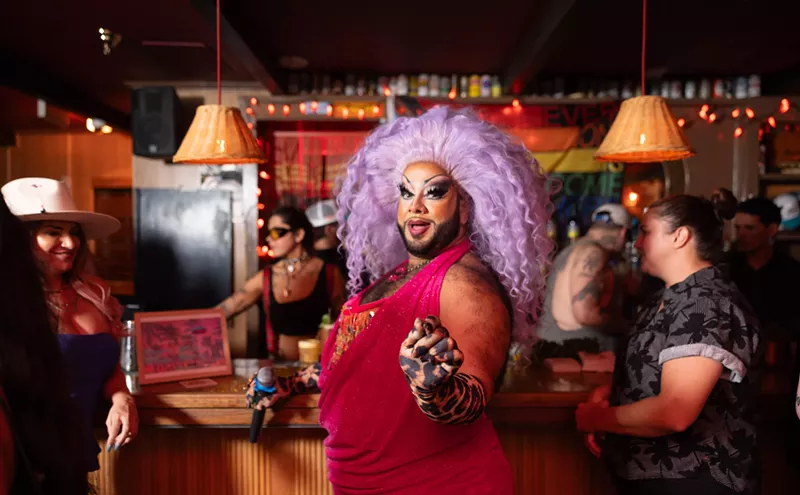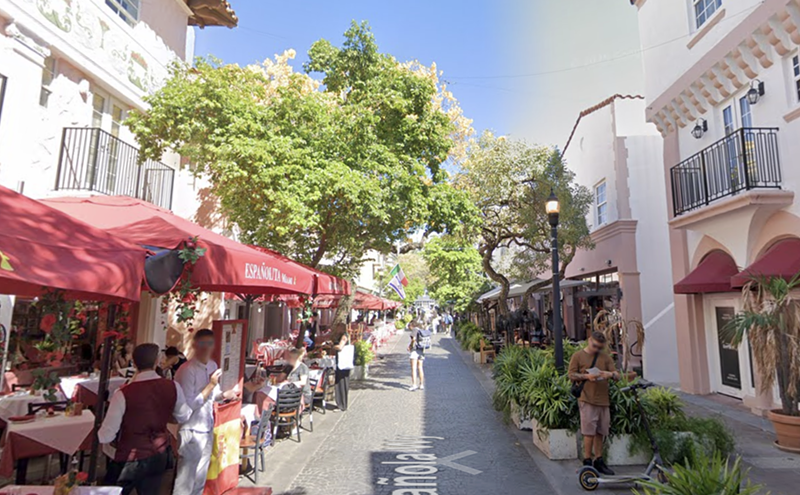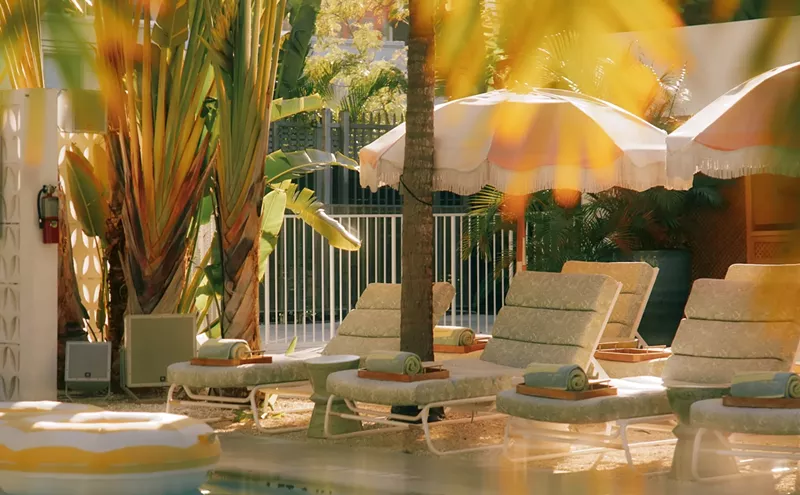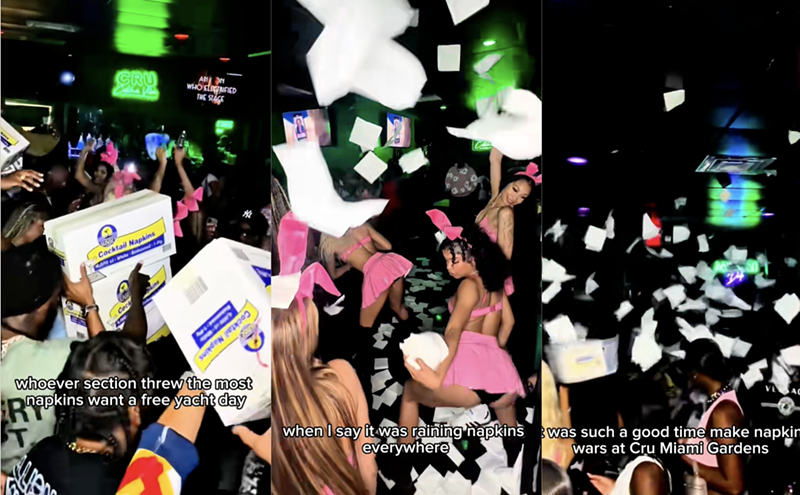The diet of astronauts usually calls to mind freeze-dried ice cream and beef stroganoff, but these days, nutrition is advancing even in space. Astronauts on the International Space Station (ISS) now have their own plant-growth facility, dubbed Veggie, and with the help of Fairchild Tropical Botanic Garden and Miami students, Veggie's future is looking more fertile than ever.
For the 2015-16 school year, scientists and educators from Fairchild and NASA will facilitate plant-growing experiments for local middle- and high-schoolers participating in the Fairchild Challenge science competition. The students will work to find plants that can be easily grown in the microgravity conditions on ISS, helping astronauts sustain themselves on longer missions.
The participating schools will receive a shelving unit with LED lighting and a small compartment for growing plants — a setup similar to the environment on the ISS. "The tricky part is finding plants small enough to produce food in such a limited space," says Dr. Carl Lewis, Fairchild's director.
The conditions will be just like growing plants in space but without the weightlessness.
"We call the shelving units mini botany labs because they can be used for many different kinds of experiments with plants," Lewis adds. "Later in the school year, students will use the mini botany labs to grow rare orchids as part of our Million Orchid Project."
Fairchild will host a teacher-training event, led by NASA scientists, September 26.
"Teachers will learn about the botany experiments NASA runs in space and on the ground," Lewis says. "After completing the training, teachers will have all the information they need to start running parallel experiments in their own classrooms."
Fairchild scientists are selecting new food plants to include in the experiments, he says, and students will enter data about their plants' growth through the Fairchild website. The data will be available to NASA in real time.
So what kinds of foods can thrive in outer space?
"This is the most exciting part of the project," Lewis says. "We imagine local students having creative ideas of new food plants to try. Also, as a tropical botanic garden, we have access to some pretty interesting vegetable plants from all over the world. Students will try those as well. Future astronauts will want flavorful plants that grow quickly and provide balanced nutrition. There is a whole world of possibilities. Maybe the next great space plant will be a rare vegetable from the tropics."
In addition to trying new edible plants, students will also grow the same kind of plants already being cultivated on ISS so they can compare classroom growing conditions to those on the space station.
As far as the Fairchild Challenge, this project is just one of several options for middle- and high-schoolers this year, all of which revolve around the "Voyages of Plants" theme.
"Students are learning about the ways humans move plants around and adapt them to new environments," Lewis says. "That process has been happening throughout history and will continue into the future. It's how we survive."

Audio By Carbonatix
[
{
"name": "GPT - Billboard - Slot Inline - Content - Labeled - No Desktop",
"component": "22004575",
"insertPoint": "2",
"requiredCountToDisplay": "2"
},{
"name": "STN Player - Float - Mobile Only ",
"component": "22595215",
"insertPoint": "2",
"requiredCountToDisplay": "2"
},{
"name": "Editor Picks",
"component": "17482312",
"insertPoint": "4",
"requiredCountToDisplay": "1"
},{
"name": "Inline Links",
"component": "18711090",
"insertPoint": "8th",
"startingPoint": 8,
"requiredCountToDisplay": "7",
"maxInsertions": 25
},{
"name": "GPT - 2x Rectangles Desktop, Tower on Mobile - Labeled",
"component": "23181625",
"insertPoint": "8th",
"startingPoint": 8,
"requiredCountToDisplay": "7",
"maxInsertions": 25
},{
"name": "Inline Links",
"component": "18711090",
"insertPoint": "8th",
"startingPoint": 12,
"requiredCountToDisplay": "11",
"maxInsertions": 25
},{
"name": "GPT - Leaderboard to Tower - Slot Auto-select - Labeled",
"component": "17720761",
"insertPoint": "8th",
"startingPoint": 12,
"requiredCountToDisplay": "11",
"maxInsertions": 25
}
]











